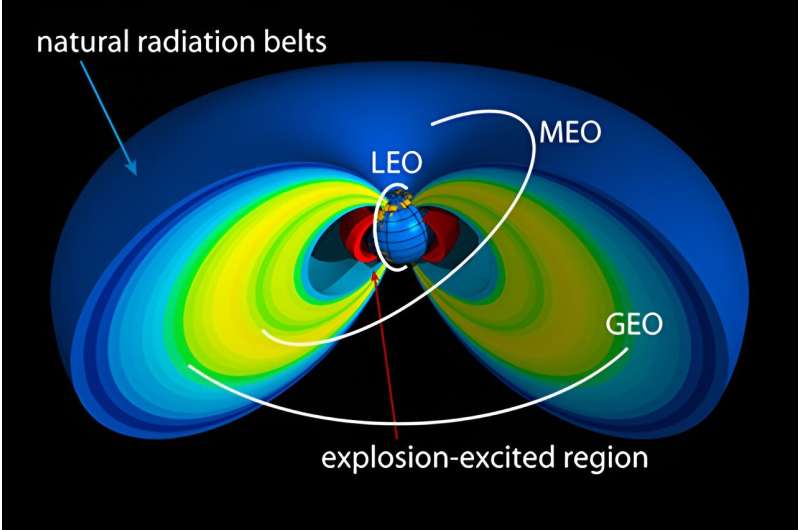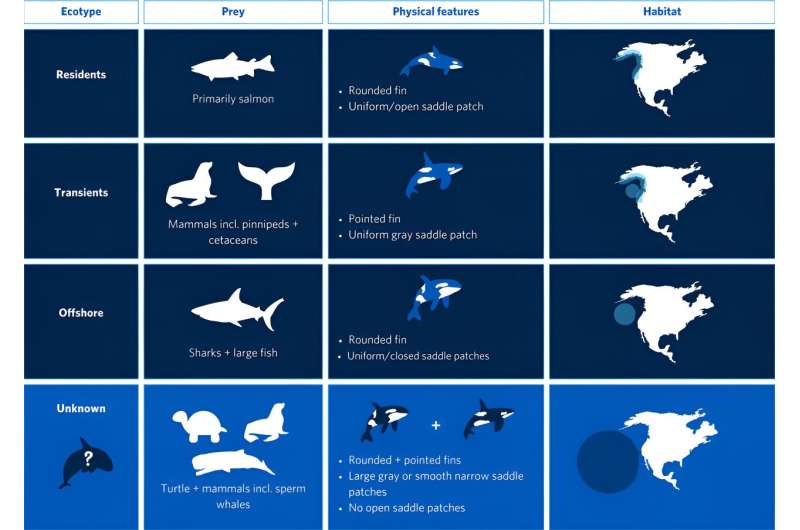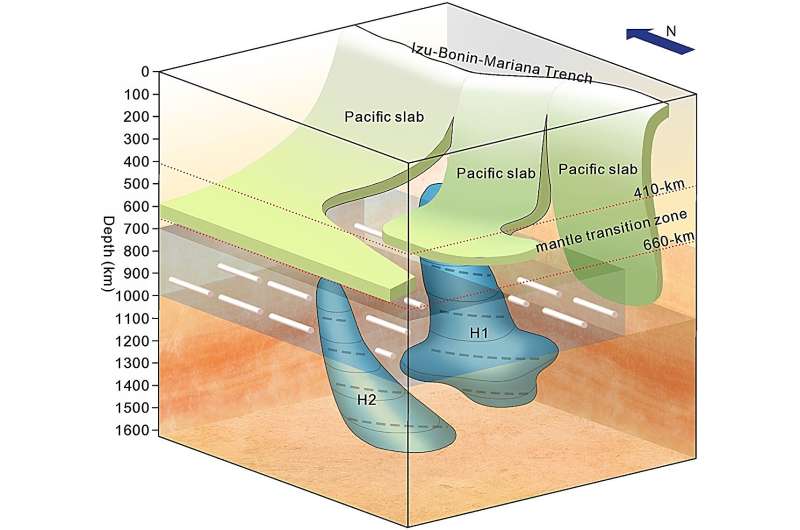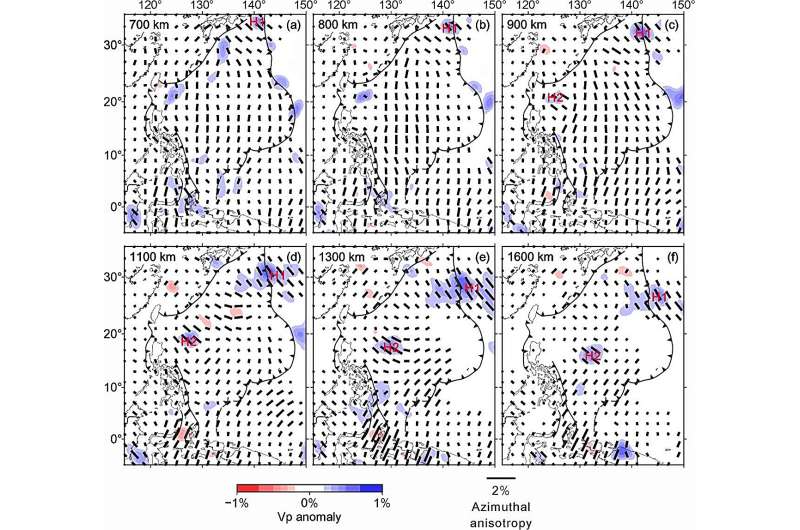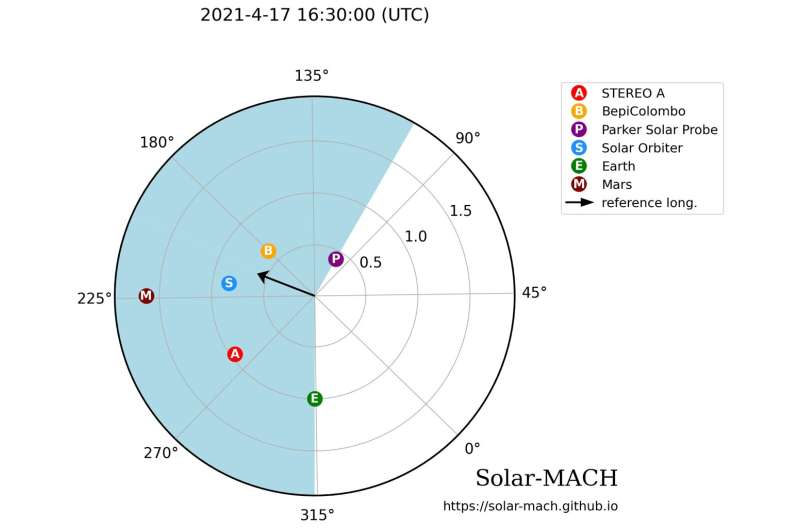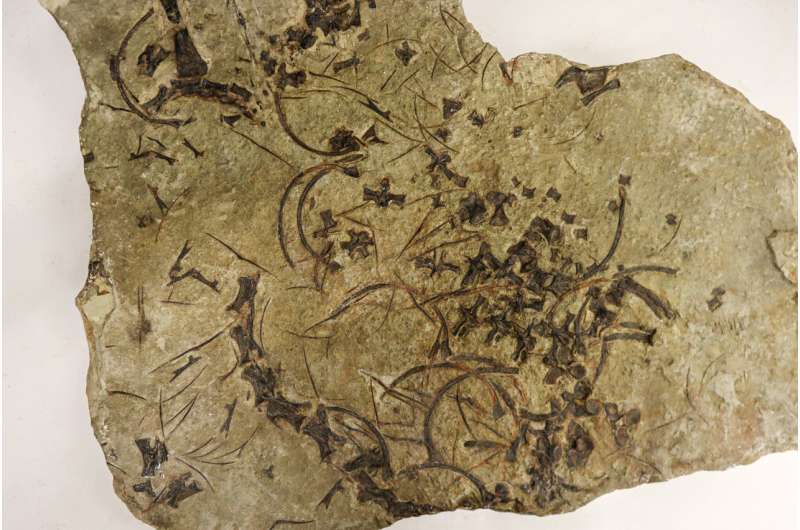
An international team of scientists led by Dr. Stephan Spiekman, Dr. Eudald Mujal and Prof. Dr. Rainer Schoch, paleontologists at the State Museum of Natural History Stuttgart, has re-examined the fossil of the reptile Trachelosaurus fischeri, which was first described at the beginning of the 20th century.
Comparisons with new fossil finds of a similar marine reptile from China show that Trachelosaurus fischeri is the world’s oldest long-necked marine reptile. The scientists have published their research findings on the 247-million-year-old fossil from Sachsen-Anhalt, Gemany, in the Swiss Journal of Palaeontology.
Trachelosaurus fischeri was already discovered back in the 19th century in layers of Buntsandstein (Middle Triassic) in Bernburg an der Saale, Germany, and it was subsequently added to the collection of Martin Luther University Halle-Wittenberg. The specimen is currently on loan to the State Museum of Natural History Stuttgart, where it was re-examined by specialists.
Trachelosaurus fischeri was first described in a publication in 1918, but controversy remained as to what kind of reptile this fossil actually represented. This is because Trachelosaurus fischeri has a unique anatomy, including an unusually large number of vertebrae, and because of the relatively poor preservation of the fossil: The skeleton is incomplete and its remains are scattered all over the rock in which it was preserved.
“Through research on Chinese fossils of the long-necked marine reptile Dinocephalosaurus, which I published with colleagues just a few weeks ago, we were able to solve the mystery of Trachelosaurus fischeri. The anatomy shows us that it is closely related to Dinocephalosaurus.
“Trachelosaurus fischeri is the first fossil of this reptile group to be found outside of China. It is also the oldest long-necked marine reptile known to date,” says Dr. Stephan Spiekman, an expert on this group of animals at the State Museum of Natural History Stuttgart.
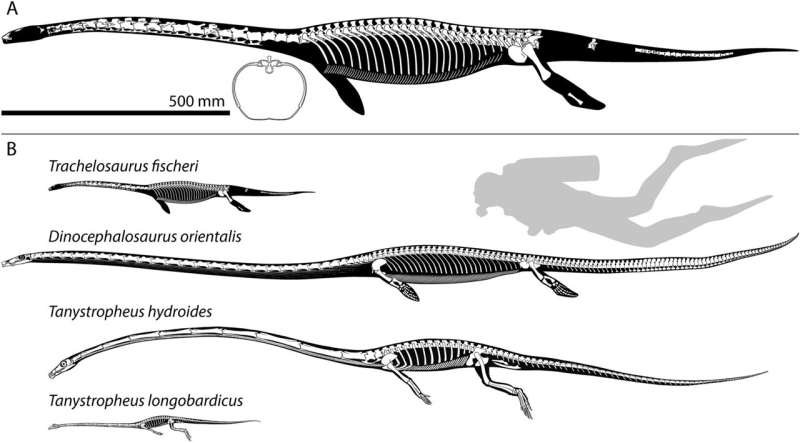
After the great mass extinction at the Permian-Triassic boundary 252 million years ago, there was a very rapid diversification of new reptile species on both land and in the water at the beginning of the Triassic period. These included the first long-necked marine reptiles. How these complex evolutionary biological developments took place is an important subject of research.
The scientists suspect that Trachelosaurus fischeri was washed into a shallow water area 247 million years ago, as footprints of land-dwelling animals are also preserved on the rock in which the fossil is preserved.
For the researchers, the find and its re-evaluation are another step toward a better understanding of marine ecosystems at the beginning of the Triassic period. The history of the fossil shows the importance of historical museum and university collections for natural history research, emphasize the authors of the study.
New discoveries from various parts of the world regularly enable scientists to reinterpret what was already discovered many years, sometimes even centuries, ago and carefully being kept in museums.
